
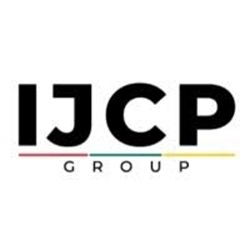 IJCP Editorial Team
IJCP Editorial Team
Neonatal Blues: Cyanosis and Failure to Thrive in a Newborn
A report describes a case of a 31-year-old female, gravida 3, para 2, who was referred for fetal cardiac evaluation at 22 weeks gestation since she had a maternal family history of hypoplastic left heart syndrome (nephew) and transposition of the great arteries (uncle).
The general prenatal history was significant for preeclampsia without severe features. Fetal echocardiography revealed a significant ventricular septal defect (VSD), normal valves, chamber dimensions and morphologies, and unobstructed ventricular outflows.
Her infant was delivered at 39 weeks via spontaneous vaginal delivery, with a birth weight of 3.5 kg, and an Apgar score of 8 and 9. The initial postnatal cardiopulmonary exam, the general newborn and neurologic exams were all normal and the peripheral capillary oxygen saturation (SpO2) was 99%. An electrocardiogram (ECG) showed a sinus rhythm, northwest ventricular axis, and normal precordial voltages. Transthoracic echocardiography documented a large unrestrictive VSD and a patent foramen ovale with a low-velocity left-to-right flow. The mitral valve also showed abnormality with mildly thickened leaflets and reduced separation, indicating mild stenosis. The infant was discharged home with pediatric cardiology outpatient follow-up and routine newborn care.
At 10 days of age, the infant was presented to the cardiology clinic in respiratory distress, with tachypnea, subcostal retractions, and hypoxemia (SpO2 91%). Cardiac examination revealed new findings of a prominent systolic murmur and diastolic rumble and left atrial enlargement on ECG.
Repeat echocardiography at 10 days of life revealed persistent, accelerated left-to-right atrial shunting via the foramen ovale with a mean estimated gradient of 16 mm Hg, suggesting left atrial hypertension. Also worsening mitral stenosis with a mean estimated inflow gradient of 10 mm Hg, bidirectional VSD flow, and preserved ventricular function were noted. A careful examination of the mitral valve increased suspicion of more serious anatomic abnormalities, like a double orifice mitral valve (DOMV) and supramitral ring (SMR). Other possible etiologies for newborn cyanosis with respiratory distress were considered and ruled out.
The infant was initiated oral furosemide, and elective VSD surgery was planned for 4 - 6 weeks of age. Preoperative regional management discussions concluded non-requirement of cardiac catheterization. Over the next week, the infant showed increasing lethargy, prolonged feeding, weight loss (20 g), persistent pallor, tachypnea, and declining SpO2 (83-85%).
Thus, soon after 3 weeks of age, the infant underwent uncomplicated surgical VSD closure with autologous pericardium. Direct surgical inspection of the mitral valve showed a membranous ridge of supramitral tissue extending between two orifices, which coincided with the final diagnosis of both DOMV and SMR, along with the VSD. The membrane was resected, leaving the double orifice unaltered for the concern of creating significant regurgitation. A minor ridge of subaortic accessory tissue was also identified and resected. Postoperative echocardiography revealed mild mitral regurgitation, no aortic regurgitation, no residual VSD, and good ventricular function.
The postoperative recovery was uncomplicated, and by 2 weeks after the surgery, the infant was clinically well, with normal respiratory effort, normal SpO2, and a 400 g weight gain. Over the next 3 years, the respiratory status, SpO2, weight gain, and development remained normal, with no recurrence of the SMR or progression of mitral valve obstruction due to the DOMV.
Holland J, Yeager S, Flyer R, Flyer J. Neonatal Blues: Cyanosis and Failure to Thrive in a Newborn. International Journal Of Clinical Pediatrics. 2022;11(2): 51-55.

IJCP Editorial Team
Comprising seasoned professionals and experts from the medical field, the IJCP editorial team is dedicated to delivering timely and accurate content and thriving to provide attention-grabbing information for the readers. What sets them apart are their diverse expertise, spanning academia, research, and clinical practice, and their dedication to upholding the highest standards of quality and integrity. With a wealth of experience and a commitment to excellence, the IJCP editorial team strives to provide valuable perspectives, the latest trends, and in-depth analyses across various medical domains, all in a way that keeps you interested and engaged.


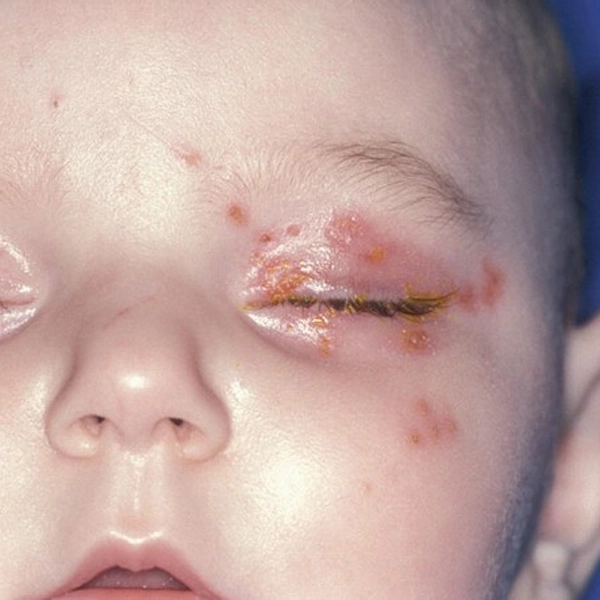

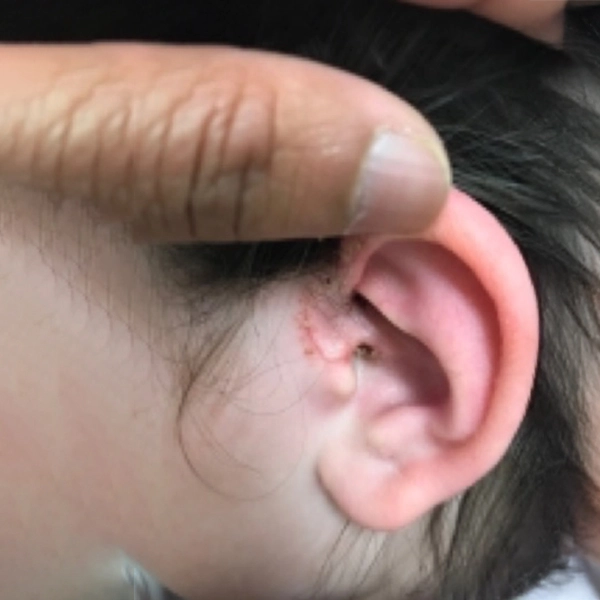
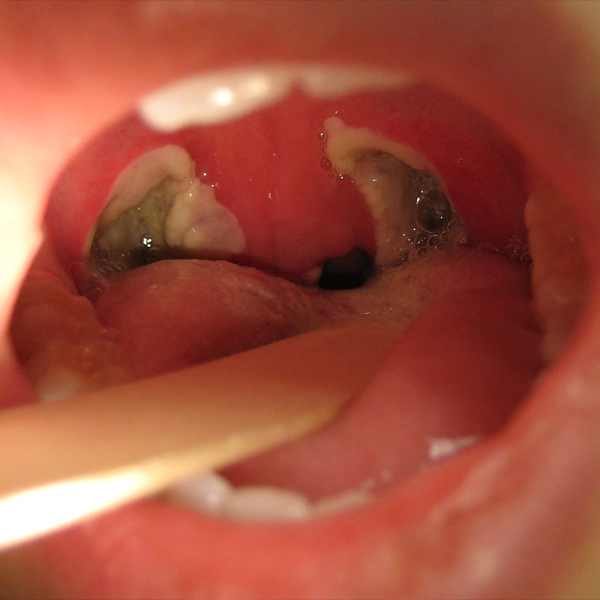

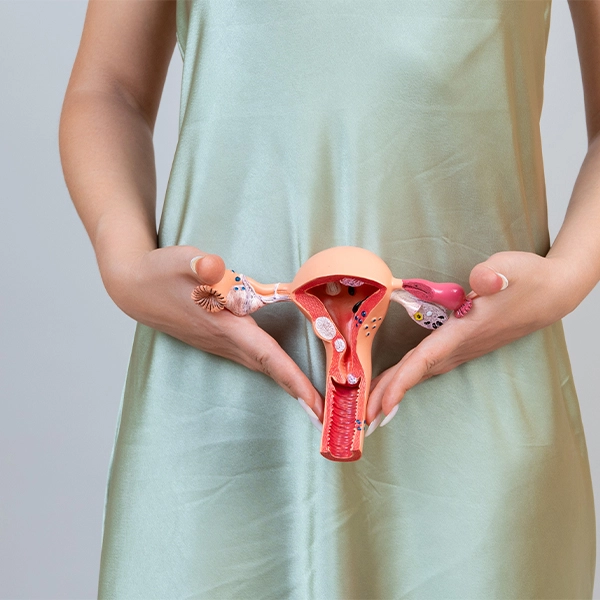



Please login to comment on this article